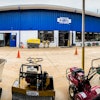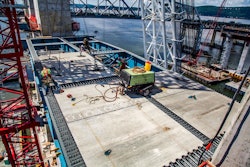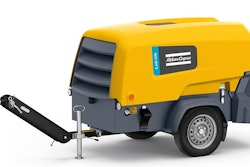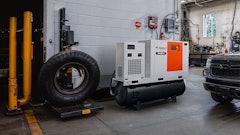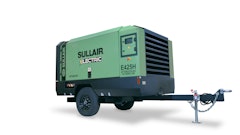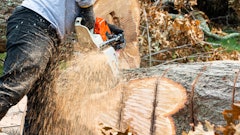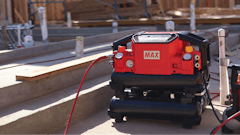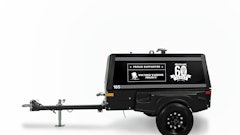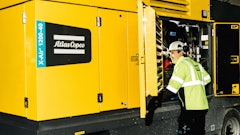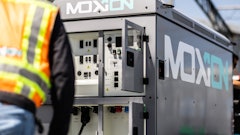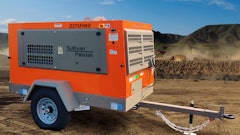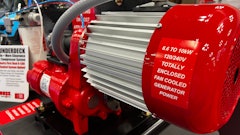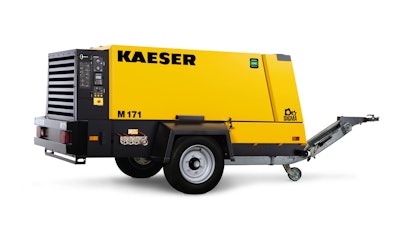
Portable air compressors are a common power source on construction sites. Whether they in constant or intermittent duty, they are mission critical to getting the job done, so it pays to know how to keep them in running order and to operate them safely. Below are tips to get the equipment on site and operate it safely.
Pre-use inspection
Before hooking up and driving off, you want to make sure the unit is in good condition, complete and road worthy. A walk-around inspection is good use of a few minutes than can save a lot of time and headaches later. Observe all applicable state and federal DOT laws/regulations.
Fuel up
While some units are designed to be fueled while running, in general we advise shutting the unit down first. Keeping fuel clean and free of debris will reduce engine wear and downtime. Fuel should be clean. Check that there is a fuel strainer in the fill port. If needed, remove and clean it.
If the compressor requires DEF (diesel exhaust fluid), it must be stored in a separate container. DEF goes into a separate filling point from fuel. It should not be mixed with the fuel, as it contains water and urea which will foul the engine, shut it down and might prevent restart.
Maintain for maximum uptime
Newer compressors with Tier 4 engines are not as simple and can be more sensitive than older models. Keep an eye on DEF and battery charge levels. These are visible on the controller.
If the compressor needs on-site servicing, turn it off before changing filters, checking fluids, etc. This will minimize the chance of being sprayed with hot fluids. Always follow the manufacturer’s recommendations for proper operation and routine maintenance. Despite safety features such as fan and belt guards, only trained technicians should adjust compressor components.
In general, users should not adjust safety, blow-off, or control valves, but if it becomes necessary, refer to the operating manual.
Follow manufacturer’s recommendations for proper operation and routine maintenance. Despite safety features such as fan and belt guards, only trained technicians should adjust compressor components.
Start/stop how-to
Starting and stopping compressors is typically a two-step process. Generally there is a master (key) switch that must be turned on first to allow power to the motor starter. Then the motor can be started by turning the switch or pushing a button. Even with the newer electronic controls, the controller is booted up first before the motor is started. Proper shutdown is in reverse order. Turning off the power to the controller on newer units is vital to keeping the battery from running down.
One of the mistakes seen far too often is improper shutdown by using the emergency stop button to turn off a machine in normal operation. The emergency stop bypasses internal shutdown steps, causing stress to the airend-motor coupling and preventing proper fluid flow internally.
Avoid excessive idling. It wastes fuel and with newer Tier 4 compressors, can cause moisture to condense in the DEF circuit. If you are not using air tools for a while, turn the compressor off.
When in doubt, consult your operation manual or contact the manufacturer with questions.
Information provided by Kaeser Compressors.



